When embarking on a backpacking trip, packing light is crucial for a successful and enjoyable experience.
Contents
A key strategy for achieving this is to invest in a high-quality, lightweight backpack specifically designed for long-distance hiking.
This type of backpack typically features adjustable straps, multiple compartments, and a comfortable hip belt that distributes the weight evenly across the body.
Furthermore, it is essential to select lightweight and compact gear, such as sleeping bags, tents, and cooking equipment, that serve multiple purposes to minimize the overall weight and bulk of the pack.
In addition to gear selection, careful consideration should be given to the clothing and footwear chosen for the trip.
Opt for lightweight, moisture-wicking fabrics that are quick-drying and versatile, and pack clothing that can be layered for warmth and protection from the elements.
When it comes to footwear, invest in a pair of lightweight, durable hiking boots or trail shoes that provide ample support and traction.
It is also recommended to pack a lightweight, packable rain jacket and a compact first aid kit to ensure preparedness for any situation.
Backpackers can greatly improve their backpacking experience by carefully selecting their gear and clothing.
By choosing lightweight and multi-functional items, they can reduce the weight of their pack, making it easier to carry and allowing them to cover more ground.
Additionally, the right gear and clothing can provide better protection from the elements, improve comfort, and increase overall enjoyment of the outdoor adventure.
Making informed choices about gear and clothing is essential for a successful and enjoyable backpacking trip.

Budget-Friendly Travel Hacks
Free or Low-Cost Camping Options
One of the best ways to save money while backpacking is to take advantage of free or low-cost camping options.
Many national parks and public lands offer free or inexpensive camping permits, allowing you to spend the night in beautiful natural settings without breaking the bank.
Affordable Accommodations
Another way to cut costs is to consider staying in hostels or guesthouses instead of hotels.
Hostels often offer affordable dormitory-style rooms or private rooms at a fraction of the cost of a hotel.
This can be a great way to meet fellow travelers and make new friends while on the road.
Cooking Your Own Meals
Eating out can be a significant expense while traveling, but cooking your own meals can be a great way to save money.
Invest in a lightweight camping stove and cookware, and shop for groceries at local markets or supermarkets to prepare your own meals.
Not only will this save you money, but it will also allow you to enjoy delicious, home-cooked meals while on the road.
Transportation on a Budget
Finally, consider using public transportation or ridesharing services instead of renting a car to save money on transportation costs.
Here are some budget-friendly travel hacks that can help you make the most of your backpacking adventure.
First, consider staying in hostels or budget accommodations instead of expensive hotels.
You can also save money by cooking your own meals or eating street food instead of dining out at restaurants.
Another tip is to use public transportation or walk instead of taking taxis or renting a car. Additionally, look for free or low-cost activities and attractions to explore in each destination.
By implementing these hacks, you can stretch your travel budget further and have a more fulfilling backpacking experience.
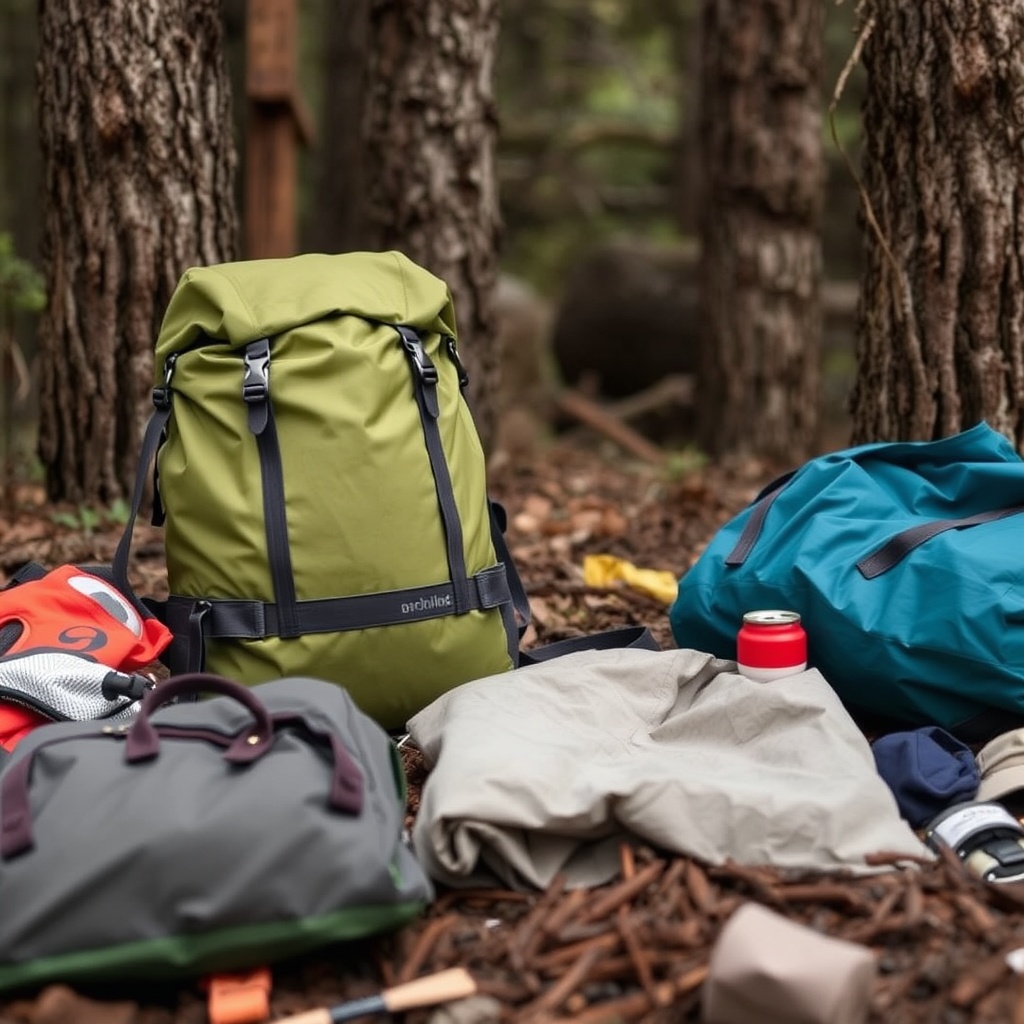
Essential Gear for Backpacking Adventures
When preparing for a backpacking adventure, it’s important to have the essential gear to ensure your safety and comfort while on the trail.
One piece of essential gear for backpacking adventures is a high-quality, durable tent that provides protection from the elements and a comfortable place to rest at night.
Look for a lightweight, compact tent that is easy to set up and take down, and provides ample ventilation to prevent condensation inside the tent.
Additionally, invest in a warm, lightweight sleeping bag that is suitable for the climate you will be traveling in.
Another essential piece of gear for backpacking adventures is a reliable water filtration system.
Access to clean drinking water is crucial while on the trail, and a portable water filter or purification system can ensure that you have access to safe drinking water at all times.
Additionally, invest in a durable, comfortable backpack that is specifically designed for long-distance hiking.
Look for a backpack with adjustable straps, multiple compartments, and a comfortable hip belt to distribute the weight evenly.
Investing in essential gear for backpacking adventures is crucial for ensuring that you are prepared for any situation and can enjoy a safe and comfortable trip.
Quality gear such as a reliable backpack, sturdy hiking boots, a durable tent, a warm sleeping bag, and a portable water filtration system can make all the difference in your outdoor experience.
Additionally, packing the right clothing, navigation tools, first aid kit, and emergency supplies will further enhance your preparedness for any unexpected challenges that may arise while exploring the great outdoors.
By investing in the right gear, you can have peace of mind knowing that you are well-equipped for your backpacking adventures.
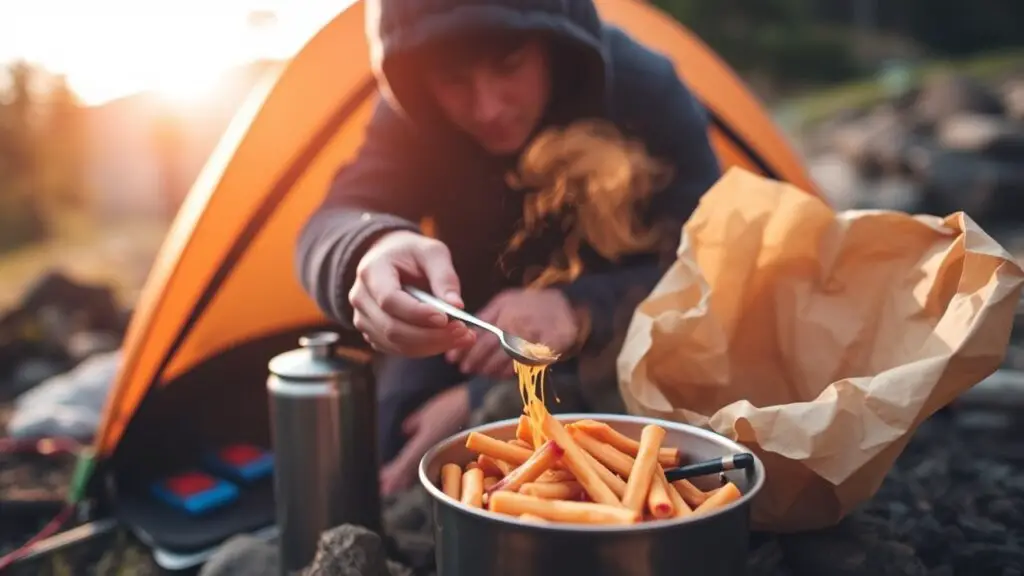
Food and Cooking Hacks for Backpackers
When it comes to food and cooking while backpacking, there are several hacks that can make meal preparation easier and more enjoyable.
One food and cooking hack for backpackers is to plan and prepare your meals in advance.
Before setting out on your trip, take the time to plan out your meals and pack pre-portioned ingredients in lightweight, resealable bags.
This will not only save space in your pack but also make meal preparation quick and easy while on the trail.
Additionally, consider investing in lightweight, compact cooking equipment such as a camping stove and cookware that is suitable for backpacking.
Another food and cooking hack for backpackers is to pack high-energy, lightweight foods that are easy to prepare and provide ample nutrition.
Look for dehydrated or freeze-dried meals that can be rehydrated with hot water, as well as lightweight snacks such as nuts, dried fruit, and energy bars. Additionally, consider packing a few luxury items such as spices or condiments to add flavor to your meals without adding extra weight to your pack.
These food and cooking hacks allow you to create tasty and filling meals during your outdoor adventures without having to carry heavy or bulky ingredients.
By using simple techniques and clever tricks, you can maximize the flavor and nutrition of your trail meals while minimizing the amount of gear you need to bring.
This means you can enjoy a variety of delicious dishes without sacrificing space or adding extra weight to your pack.
Whether you’re backpacking, camping, or hiking, these hacks will help you make the most of your outdoor cooking experience.
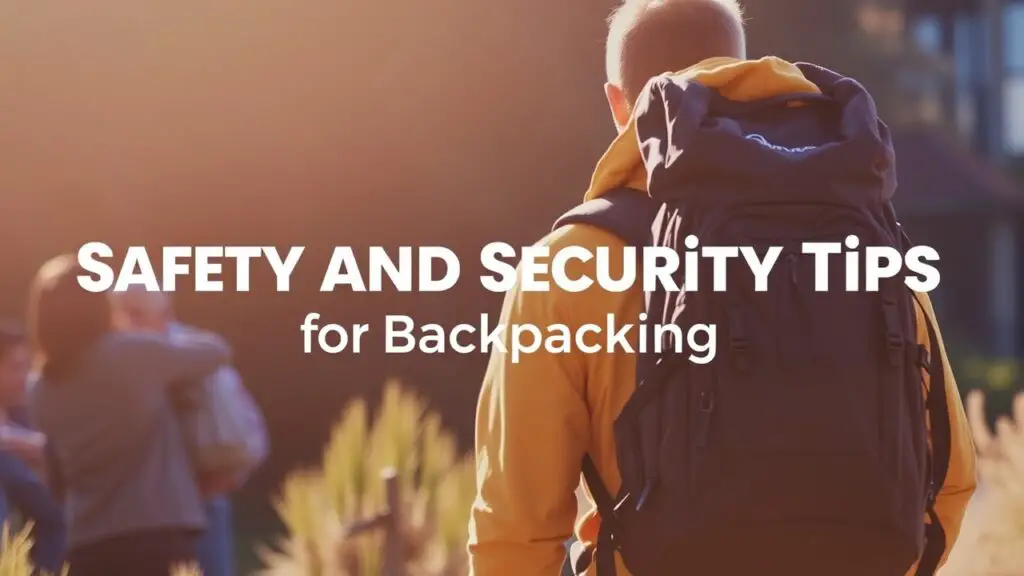
Safety and Security Tips for Backpacking
Safety should always be a top priority while backpacking, and there are several tips and strategies that can help ensure your safety while on the trail.
One safety tip for backpacking is to always let someone know your itinerary before setting out on a trip.
Provide a trusted friend or family member with details about your planned route, expected return date, and emergency contact information so that someone knows where you are at all times.
Additionally, consider investing in a personal locator beacon or satellite messenger device that can be used to send an emergency signal in the event of an accident or emergency.
Another safety tip for backpacking is to be prepared for changing weather conditions and unexpected emergencies.
Pack appropriate clothing and gear for the climate you will be traveling in, including extra layers for warmth and protection from the elements.
Additionally, carry a well-stocked first aid kit and know how to use it in case of injury or illness while on the trail.
Finally, familiarize yourself with basic wilderness survival skills such as building a shelter, starting a fire, and navigating with a map and compass.
When backpacking, it is important to prioritize safety and security to ensure a worry-free experience.
By taking necessary precautions such as packing a first aid kit, researching the area’s potential risks, and informing others of your itinerary, you can feel confident in your ability to handle any situation that may arise.
This proactive approach allows you to fully immerse yourself in the adventure without the burden of constant worry, ultimately enhancing your overall enjoyment of the experience.
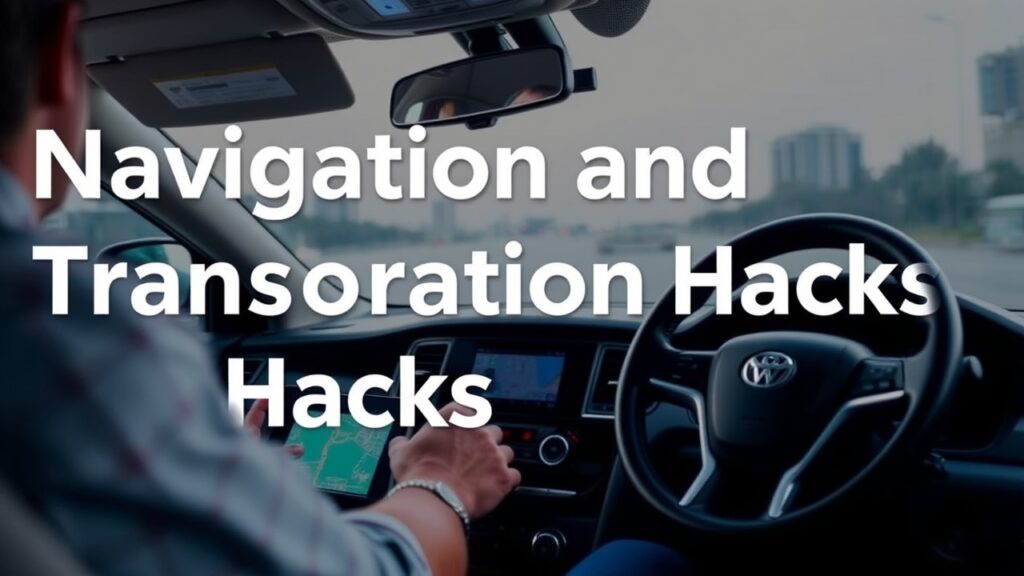
Navigation and Transportation Hacks
When it comes to navigating and getting around while backpacking, there are several hacks that can make your journey easier and more efficient.
Navigating Unfamiliar Terrain
One essential hack for backpackers is to invest in a reliable GPS device or smartphone app that can track your location and navigate unfamiliar terrain.
Look for a device or app that provides detailed maps, route planning tools, and offline navigation capabilities to ensure you can find your way even in remote areas without cell service.
Using Public Transportation
Another transportation hack for backpackers is to take advantage of public transportation or ridesharing services to get around while on the road.
Many popular hiking destinations have public transportation options such as buses or trains that can be used to access trailheads or connect between different sections of a long-distance hike.
Convenient Ridesharing Services
Consider using ridesharing services such as Uber or Lyft to access trailheads or resupply points without the need for a rental car.
By utilizing these navigation and transportation hacks, you can make getting around while backpacking easier and more convenient.
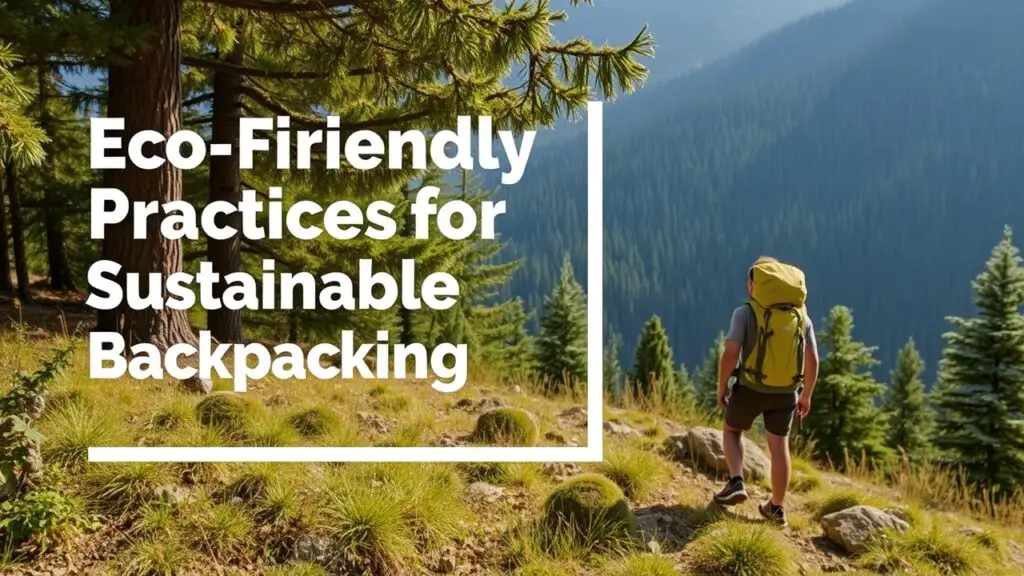
Eco-Friendly Practices for Sustainable Backpacking
As outdoor enthusiasts, it’s important to prioritize eco-friendly practices while backpacking to minimize our impact on the environment and preserve natural spaces for future generations.
One eco-friendly practice for sustainable backpacking is to practice Leave No Trace principles while on the trail.
This includes packing out all trash, minimizing campfire impacts, respecting wildlife, and staying on designated trails to prevent damage to fragile ecosystems.
Another eco-friendly practice for sustainable backpacking is to minimize waste by packing reusable items such as water bottles, utensils, and food containers instead of single-use disposable items.
Additionally, consider using biodegradable soaps and toiletries that are safe for use in natural water sources to minimize pollution in pristine wilderness areas.
Finally, consider offsetting the carbon footprint of your travels by supporting conservation organizations or participating in volunteer stewardship projects while on the road.
By prioritizing eco-friendly practices while backpacking, you can help protect the natural spaces you love to explore and ensure they remain pristine for future generations.
In conclusion, backpacking offers an incredible opportunity to explore the world on foot and immerse yourself in nature’s beauty.
By implementing these backpacking hacks, you can make your next adventure more enjoyable, affordable, safe, and sustainable.
When embarking on a multi-day trek through the mountains or exploring remote wilderness areas, it’s important to be prepared and mindful of the environment.
Packing lightweight and compact gear, planning your route to minimize disturbances to wildlife and vegetation, and practicing Leave No Trace principles are all essential for minimizing your impact on the environment.
Additionally, being aware of local regulations and guidelines, such as fire restrictions and waste disposal, can help ensure that you’re respecting the natural surroundings.
By following these tips and strategies, you can make the most of your backpacking experience while preserving the beauty of the wilderness for future generations. Happy trails!

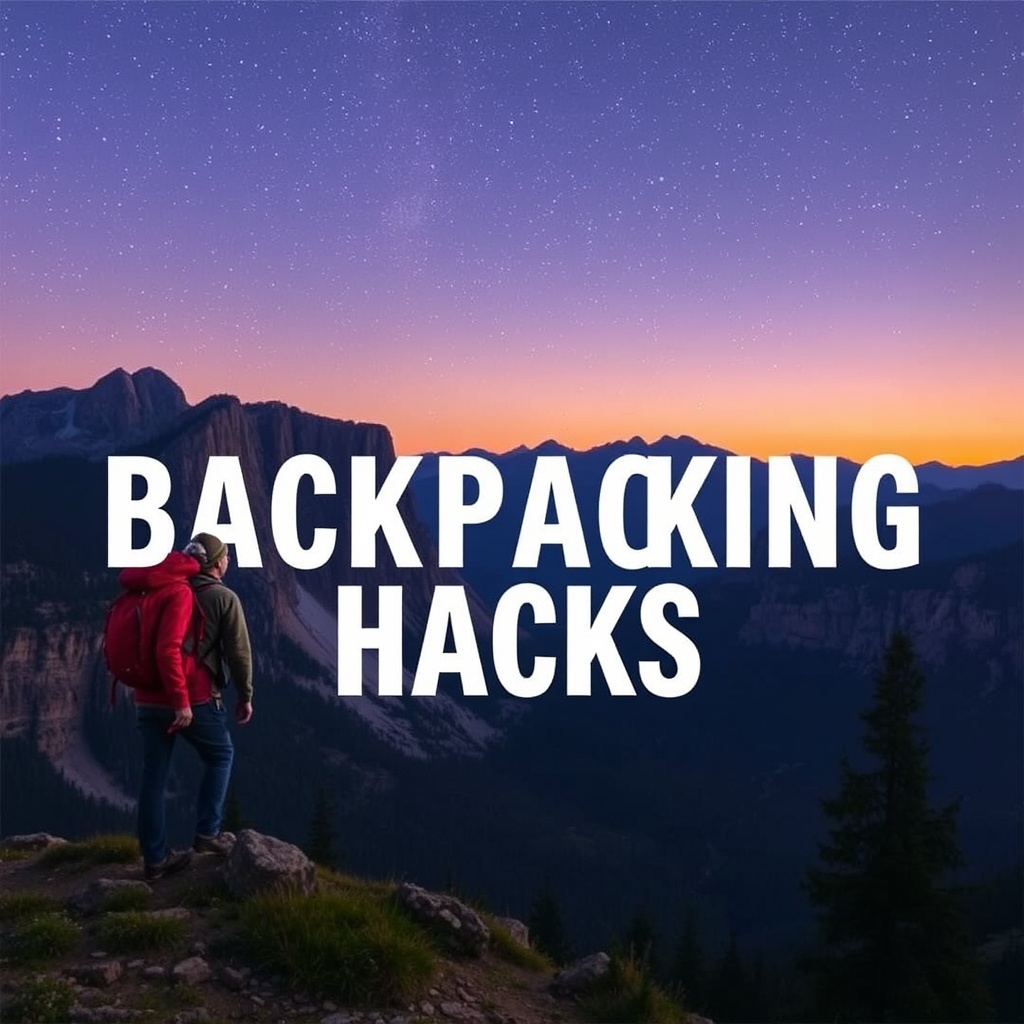

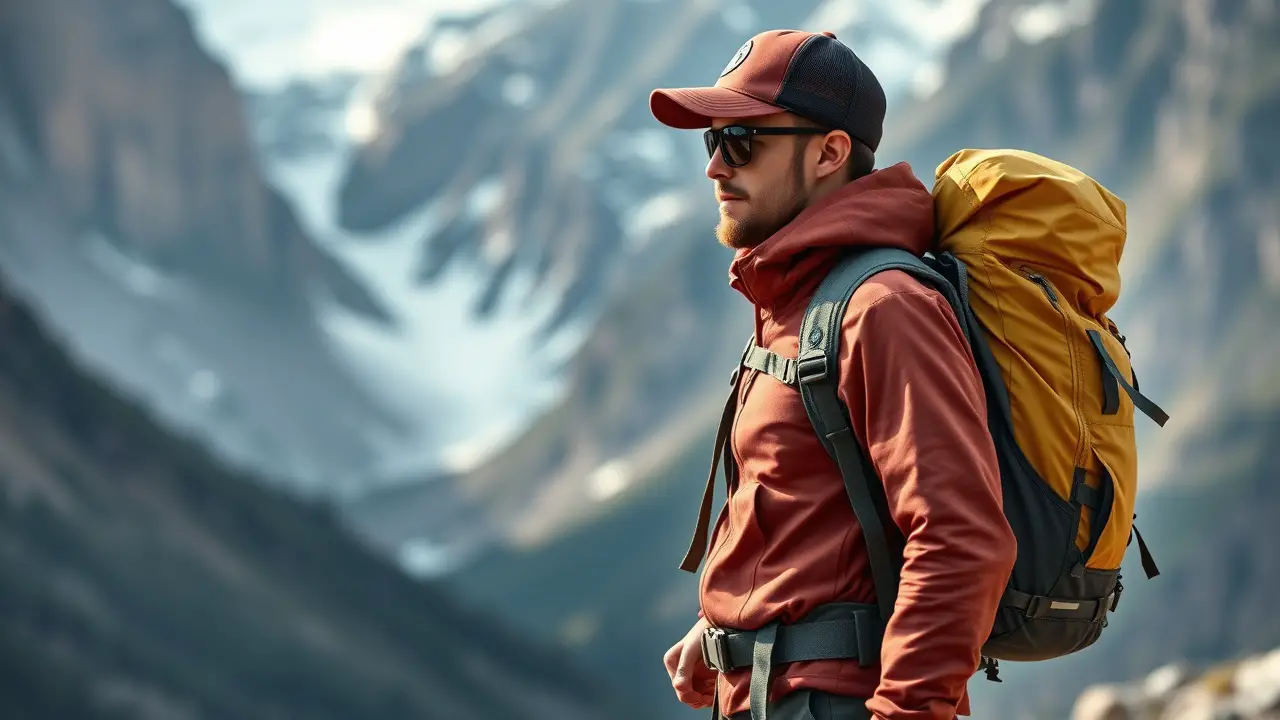
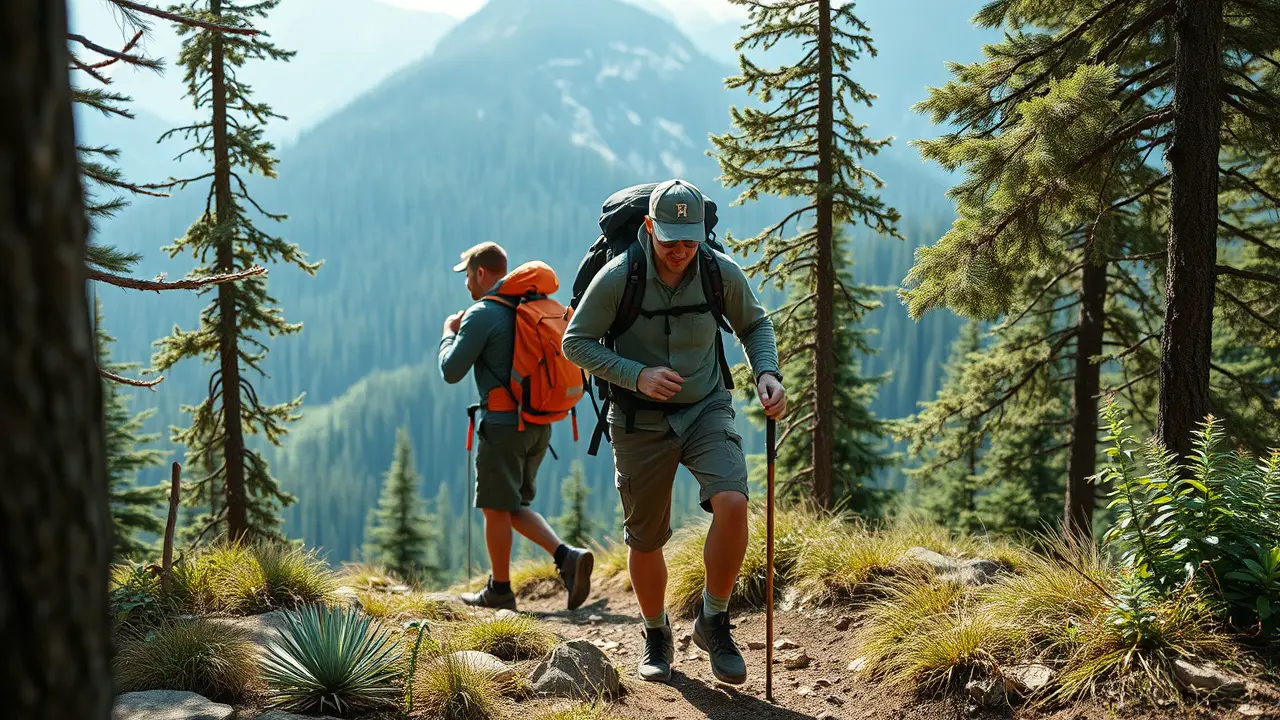
Leave a Reply